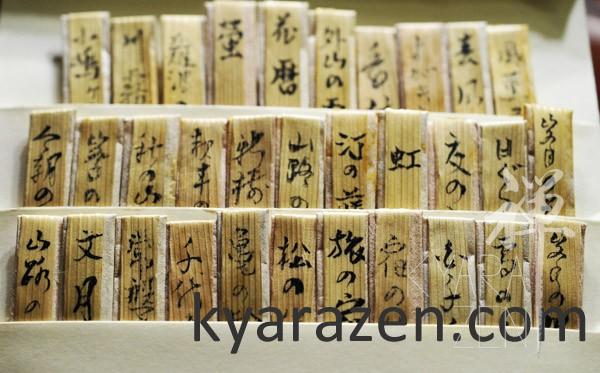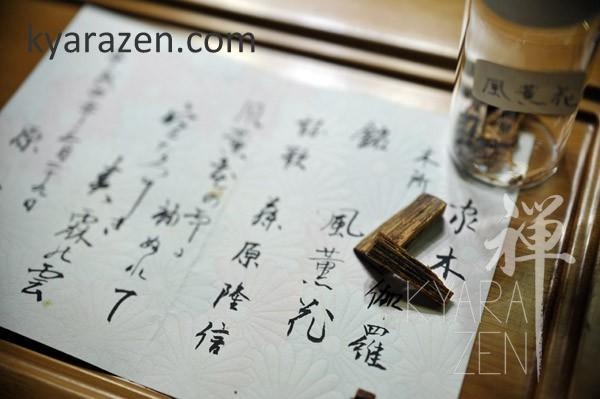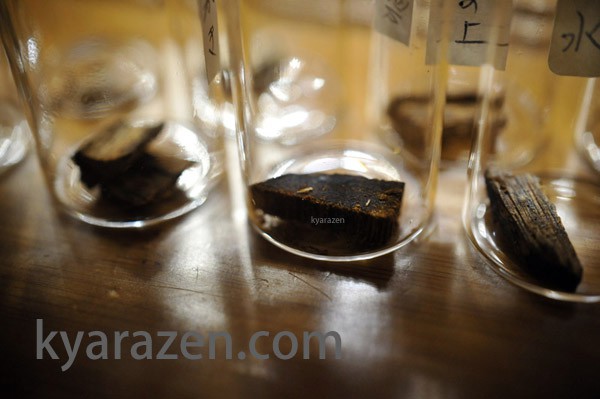Does Kyara sink in water, or does it need to sink in water to be considered a top grade?
The blind pursuit for “sinking” grade agarwoods had opened up a whole new dimension to material substitution. Previous post on zelkova like materials, calocedrus formosana (Xiao-Nan), or even woods like rosewood (truth bringing incense), gaharu buaya; these materials have odors and can sink in water. The bottom line – Sinking does not guarantee authenticity, and Sinking agarwood/kyara is not a quality guarantee.

The oil of Calocedrus Formosana (Xiao-Nan) sinks well in water.
Merchants in a recent agarwood trade show in Beijing have developed a new interesting method in their marketing of agarwood to consumers. Thin, flat, agarwood strips, usually shaven from around the trunk of ring-like agarwood infections, once held under water long enough or stirred for a long enough duration appear to sink in water and are then considered “sinking-grade”! Well, perhaps these merchants can fool some, but they may not be able to fool the rational. Paper sinks in water when it is wet, you can try experimenting with paper napkins. Sponges sink in water (marine sponges live underwater.. spongebob included!), so does wooden ships and rafts, as long as they pick up enough water.

For Kyara, the main value and quality assessment in its olfactory profile. This has nothing to do with its density. The Japanese, in their development and preservation of the “Way of Incense” have had nice records of famous fragrant woods, many of these woods are still in existence, and samples can still be found in the hands of the most discerning collectors or lineage holders/members of high end incense societies passing them down from generation to generation.

Some “Ko-Do” masters even consider the categorization of kyara into colors to be un-important, not to even talk about density! The ability of the fragrant wood to evoke certain imaginations, experiences is the most stringent criteria. Spectacular pieces of kyara assessed through mon-koh are given names by the respective heads of incense schools, together with a short description of its origin, scent profile, categorization etc.


Whether a piece of Kyara sinks is not important. Some kyaras sink, many are half sinking.
Usually the sinking grades of Kyara are those from the oldest heartwoods, crushed by the tree as it grows over the centuries, squeezing the fibres which would break down over time, leaving behind a seemingly black lump of treasure.

Is it wrong to pursue sinking material then? It is not entirely wrong since sinking wood becomes less fibrous, mostly resin in its structure, this has a high chance of a more refined, less smoky, more concentrated scent profile in comparison to fibrous low resination agarwoods. It is a relevant criteria, but never a main one for kyara, and perhaps should not be one for agarwood in monkoh too.

Sighted at Mr Lee’s place, Burmese, sinking agarwood in the shape of a sail and a boat. Combined together it becomes rather aesthetic, although its pretty ironic to have a sinking ship… 🙂




